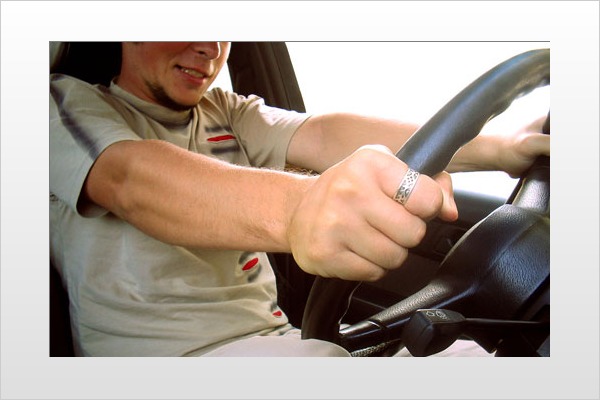
Getting a driver license is the most eagerly awaited event in most teenagers' lives — and the most dreaded for their parents. After all, while a driver license is a badge of freedom, it brings with it tremendous risk: Car crashes are the leading cause of death for teens.
In this first installment of Edmunds' new teen-driving series, we touch on how and why teens are dying and often suffering severe injuries. In subsequent articles, we'll explore:
Teen driving statistics tell this deadly story: About 3,500 U.S. teens die every year in teen-driven vehicles: an average of about 10 a day. Fewer teens were killed in crashes in 2005 than in any year since 1992, even though the teen population is the largest it's been since 1977. But the crash rate per mile driven for 16-to-19-year-olds is still four times the rate for drivers 20 and older, according to a June 2007 report by the Insurance Institute for Highway Safety (IIHS). The risk is highest for 16-year-old drivers. They also kill others at a rate about five times that of elderly drivers, says IIHS. (For more teen driving statistics, go to IIHS Fatality Facts.)
Put simply, teen drivers' lack of experience means they are the least equipped to make quick decisions in a vehicle. Teens usually lose control of their vehicles because they swerve to miss something and then either don't correct enough, or overcorrect and swerve into something else. These often single-vehicle crashes regularly cause vehicles to roll over — particularly if the teens are driving sport-utility vehicles. Rollovers account for about 25 percent of all fatal crashes. One reason rollovers are so deadly for teens: This age group has the lowest rate of seatbelt use and unbelted occupants are often ejected, which can cause life-threatening head injuries.
Young drivers are more prone to driver distractions, reducing their ability to react correctly to trouble. Along with carrying several passengers, these include speeding, drinking and playing loud music.
Consider this crash in December 2006. A 16-year-old driver and his 13-year-old sister were traveling at about 6 p.m. in a Jeep Wrangler when the boy lost control of the vehicle and it rolled down an embankment. Both were killed instantly. Their parents' grief is hard to imagine, but the reason for the single-vehicle crash isn't difficult to comprehend. The driver had his license just eight months and was making a 25-mile trip from his mother's home in Frederick, Maryland, to his father's home in Leesburg, Virginia. There were no witnesses to say what caused him to swerve. In addition to his youth and inexperience, the crash involved other key risk factors, including one teen driving another teen and a poor vehicle choice. We'll address both in our next installment.
Is 16 Too Young for a Full License?
Raising the driving age for a year or more is a proven way to save lives, because the crash rate per mile driven is twice as high for 16-year-olds as it is for 18- and 19-year-olds, according to the IIHS. When graduated licensing laws delay full licensure until 17, some of the crashes and deaths are merely postponed, but research shows that most of these slightly older drivers are better, more mature and simply safer on the road. In February, the AAA Foundation for Traffic Safety reported that 16-year-old drivers were involved in 38 percent fewer fatal crashes in the states with the most stringent graduated licensing laws.
This should not be a surprise given that humans' brains aren't fully developed and capable of making informed decisions about risk until they are 25, according to the National Institutes of Health. But it doesn't do much to satisfy teen drivers' yearnings for a car or their lack of perspective on their own abilities.
Research released in January 2007 from a Children's Hospital of Philadelphia/State Farm study titled "Driving: Through the Eyes of Teens" illustrates the problems:
This is scary information indeed. Here at Edmunds, we're well aware that these are not easy issues to discuss with your teenager. But we're here to provide the tools to make the road a little safer for everyone.
Below are links to all of the installments in this series.
Part I: How To Crashproof Your Teenager
Part II: Laying Down the Law for Your Teen Driver
Part III: Finding a Driver's Ed Program That Really Works
Part IV: Choosing the Safest Car for Your Teen
Part V: How To Keep Tabs on Your Teen Driver
Jayne O'Donnell is an auto writer at USA Today and specializes in car safety.